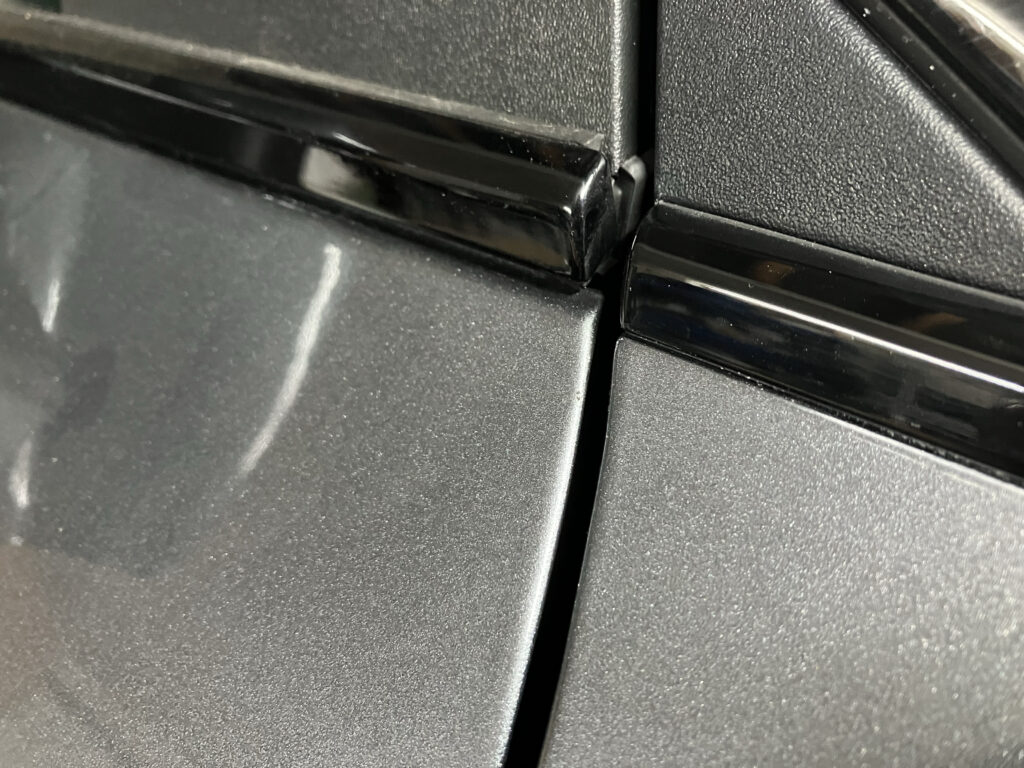Keep Cool With These Top Summer Driving Tips
Although your travel plans may have changed slightly in 2020, now is as good a time as any to ensure your vehicle is in good condition over the summer months – especially if you’re relying on your car to get you to your destination rather than a plane this year. So view our Summer Driving Tips Below.
We’ve compiled a list of tips below to make sure your holiday is a breeze from the moment you leave your door.

Plan Ahead With These Great Summer Driving Tips
Before you head out, it’s important to carry out the essential checks on your vehicle to prevent the risk of a breakdown while on your journey.
Although it’s not a legal requirement, checking the air conditioning system is working is definitely a good idea, especially if you are in the car with your family for hours at a time. All you need to do is to turn your fans on full and your temperature to the lowest setting and check for cold air. If this isn’t working, you may need to check the refrigerant and get your Air-con re-gassed. Of course,if you are driving a new loaner from StressFreeCarRental your systems will all be working before leaving the lot.
Another top tip is to check all bulbs, including brake lights, headlights and indicators, as working lights are a legal requirement. Working windscreen wipers are also a legal requirement – it may be summer, but we wouldn’t recommend relying on the Great British weather, and even if we are blessed with sunny skies, a clean windscreen can help protect from unwanted glare.
Punctures are a common cause of breakdowns, and high temperatures increase the risk of a blowout. This means motorists should also be sure to check tyre tread and pressure in advance. The law requires a tread depth of 1.6mm, watch our video here on guidance on how to do this correctly.
If you experience any of these issues and you’re unsure how to resolve it yourself, make sure to book into your local garage before beginning your journey.
Top Car Repair Locations:
Stock up on the essentials
Although planning ahead can reduce the risk of a breakdown, nothing is guaranteed, so it’s important that you have the right gear on hand if things don’t go to plan.
Make sure you have the below items in your vehicle so you’re prepared if any mishaps do occur:
- A warning triangle, which should be placed 45 metres away from your car
- A high-visibility vests so that oncoming traffic can see you in advance
- A torch and spare batteries
- A first-aid kit
- Water, non-perishable food and medicine
- A mobile phone charger
- Sunglasses to protect against glare
- A warm jacket just so you don’t get caught in the cold.
- The www.autoadvisor.co.uk website so that you can find a garage if in need.
Stay alert
There will inevitably be more cars on the road as lockdown begins to ease and people opt to travel domestically. Make sure you plan your route to avoid peak travel times.
More children will also be out playing in residential areas, and commercial vehicles may experience blind spots when on the motorway, so it’s important to be extra vigilant at all times.
Remember, we’re uploading basic car maintenance tips to help you ensure your vehicle is ready to drive at any time. Check out our blog page for the latest videos and advice here.
The easiest way to find the best mechanic for your needs.
Other Articles

MAHLE presented a world first at the IAA Transportation 2024 in Hanover New component for fuel cell and electric vehicles halves fan noise on average Bionic fan is based upon an AI-optimized design found in nature: the wings of an owl, one of the quietest birds 10 percent higher efficiency and 10 percent less weight […]
MAHLE presented a world first at the IAA Transportation 2024 in Hanover New component for fuel cell and electric vehicles halves fan noise on average Bionic fan is based upon an AI-optimized design found in nature: the wings of an owl, one of the quietest birds 10 percent higher efficiency and 10 percent less weight […]




